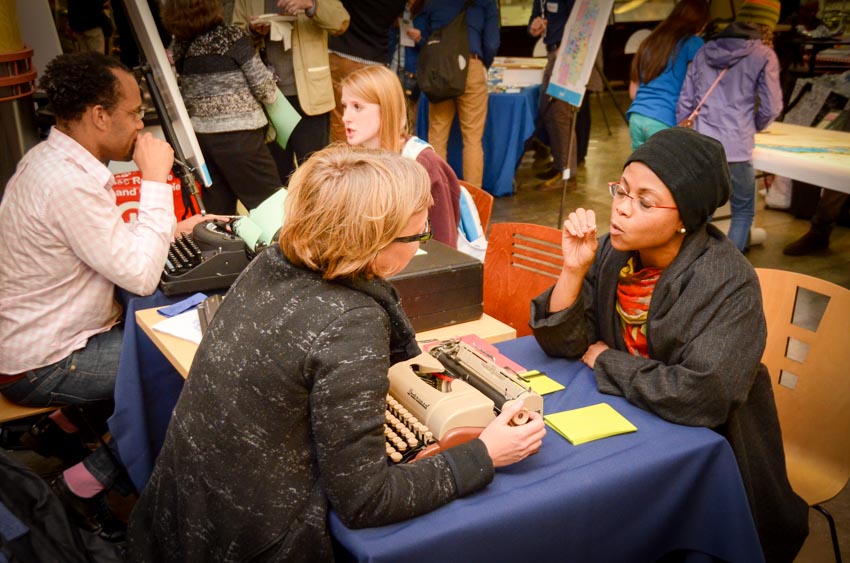Arts and Culture in Community Development: Build healthy and resilient communities through arts and culture.


A growing body of research using the term “creative placemaking” demonstrates that creativity impacts livability, safety, health and community development. The results of creative placemaking activities can be dramatic and transformative for communities. Minneapolis neighborhoods use these strategies regularly working with an array of local artists and groups to creatively enhance public spaces and change the dynamics of their communities. A 2014 survey conducted through the City’s Creative City Roadmap Planning process demonstrated that Minneapolis residents and artists think it’s important to offer arts and cultural programs to connect people across differences and to make tangible the values and identities of their own local communities. Through the community engagement for this plan, many people acknowledged the need for public art and placemaking to focus on the arts and culture of each neighborhood and build on each community's unique diversity.
The Creative City Roadmap process also identified the need to build the sustained capacity of nonprofit and for-profit stakeholders to be successful in creative placemaking, as well as engage City departments and other government agencies in leveraging local creative sector talent and knowledge.
 ACTION STEPS
ACTION STEPS
The City will seek to accomplish the following action steps to build healthy and resilient communities through arts and culture.
- Focus arts and culture programs on supporting and engaging communities of color, low income communities ,and indigenous communities and celebrate the rich, diverse character and identities of the city's neighborhoods and corridors.
- Create welcoming environments for connecting and building trust between City government and communities of color through arts and cultural strategies.
- Encourage community groups and organizations to develop public artworks that enhance the city's public realm by building their capacity and simplifying approval processes.
- Establish a sense of belonging by reflecting the identities of local ethnic, racial, and cultural communities in the design of public art.
- Engage artists and community members in guiding the long-term vision and direction of the City's public art program.
- Encourage government partners to develop and maintain public art projects that support artists and engage the community.
- Encourage creative expression and placemaking on commercial and cultural corridors and in neighborhoods, parks, and public plazas.
- Build on the leadership of cultural organizations within the city that celebrate and promote the traditions and values of various racial and ethnic groups.
- Encourage non-traditional, hands-on, grassroots, and life-long arts opportunities to participate in creating art.
- Engage artists of color, indigenous artists, and arts and cultural organizations in leading these opportunities.

